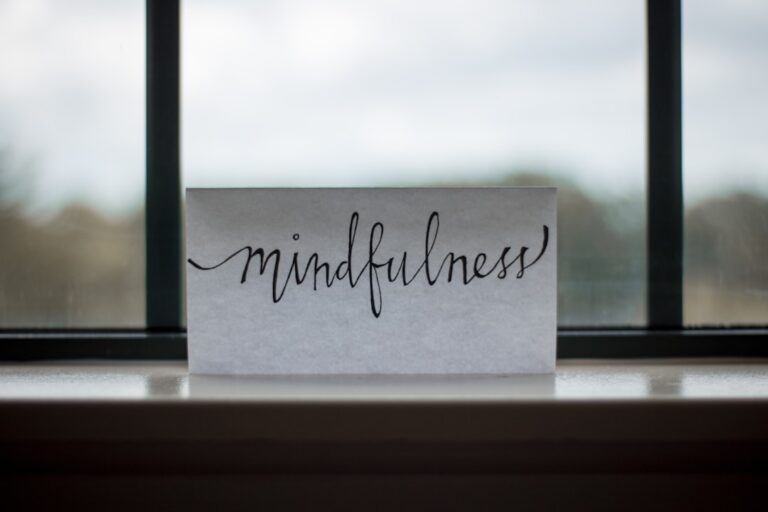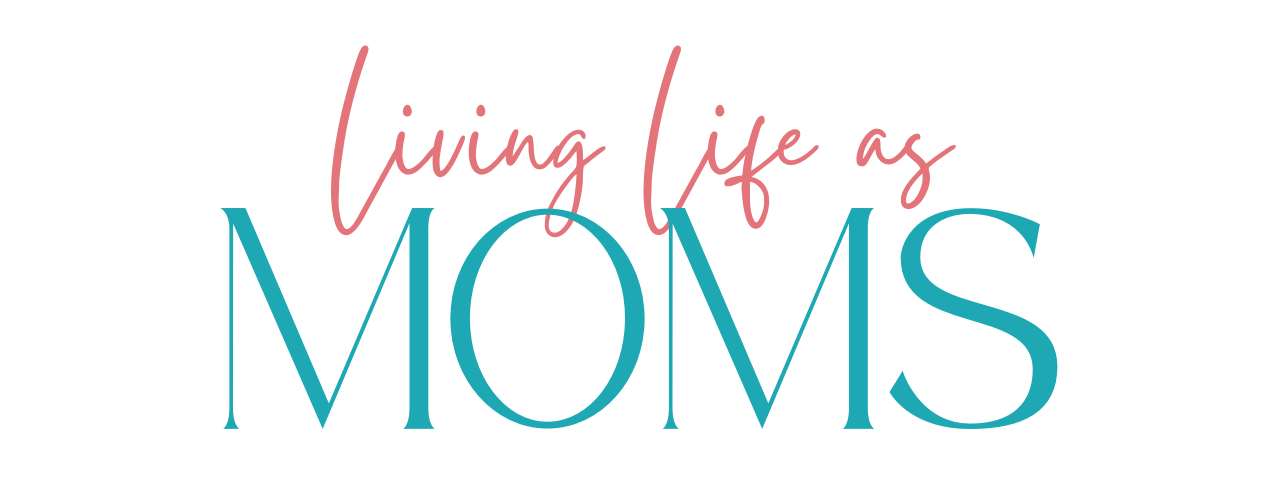Mindfulness Made Easy: Your Guide to Printable Exercises

When you think of a busy day, it can be hard to find a moment for yourself. However, incorporating printable mindfulness exercises into your routine can transform how you face each day. These exercises can help you become more aware of the present moment, fostering greater self-acceptance and reducing stress. Easy-to-use and accessible whether you’re at home or on the go, these exercises can be game-changers for moms managing family and work life.
Here are some quick ideas to get you started:
- Mindfulness Meditation: Spend a few quiet minutes focusing on your breath.
- Body Scan: Notice the sensations in each part of your body.
- Mindful Eating: Engage all your senses while having a meal.
- Five Senses Exercise: Bring awareness to what you see, hear, feel, smell, and taste.
- Gratitude Journaling: Reflect on three things that make you feel grateful each day.
By routinely practicing these activities, you can cultivate a more mindful approach to your daily existence.
My name is Josie Pena, and as a mom of two, I deeply understand the balance needed between personal well-being and family obligations. I’ve focused on providing practical tips and resources, like printable mindfulness exercises, through my platform Living Life as Moms to assist working moms striving to simplify their lives while enhancing their children’s experiences. Let’s explore these practices together and find how they can improve your day-to-day living.

Understanding Mindfulness
Mindfulness is all about being present. It’s the practice of paying attention to the current moment without judging it. Imagine you’re watching the world as if you’re seeing it for the first time, with curiosity and acceptance.
Awareness is a big part of mindfulness. It means noticing what’s happening around you and inside you. You’re aware of your thoughts, feelings, and sensations. This awareness helps you respond to situations more calmly and thoughtfully.
Another key aspect is acceptance. This means recognizing your thoughts and feelings without trying to change them. It’s about being okay with the moment, even if it’s not perfect. Acceptance can reduce stress and help you feel more at peace.
Mental Health Benefits
Mindfulness offers a wide range of mental health benefits. Research shows that it can reduce symptoms of anxiety and depression. 
- Improved Concentration: Mindfulness helps you focus better. When you’re aware of the present, distractions fade away, and you can concentrate on what’s important.
- Emotional Balance: Regular mindfulness practice can help you manage your emotions. It allows you to observe your feelings without being overwhelmed by them.
- Better Relationships: By being more present, you can connect more deeply with others. You’re more empathetic and less reactive, which improves communication and strengthens bonds.
Mindfulness is not about changing who you are. It’s about being aware and accepting of yourself and your surroundings. By incorporating printable mindfulness exercises into your routine, you can cultivate a more peaceful and focused life.
Printable Mindfulness Exercises
Printable mindfulness exercises are a practical way to integrate mindfulness into your daily life. They offer structured activities that you can easily incorporate into your routine, whether you’re at home, work, or on the go. Let’s explore some popular exercises you can try.
Meditation
Meditation is a cornerstone of mindfulness practice. It involves sitting quietly and focusing on your breath or a specific object. This exercise helps calm your mind and improve concentration. You can start with just a few minutes a day and gradually increase the time as you become more comfortable. Many printable resources offer guided meditation scripts that you can use to lead your practice.
Mindfulness Walk
A mindfulness walk is about walking with awareness. Instead of rushing, you pay attention to each step and the sensations in your body. Notice the sights, sounds, and smells around you. This exercise connects you with the present moment and can be a refreshing break during a busy day. Printable worksheets often include prompts to guide your focus during the walk.
Body Scan
The body scan is a relaxation technique that involves focusing on different parts of your body, from head to toe. You pay attention to each area, noticing sensations without judgment. This exercise can help you become more aware of tension and stress in your body. Printable guides can walk you through the process, making it easy to practice at your own pace.
Five Senses
Engaging your five senses is a simple way to practice mindfulness. Choose an object or a scene and explore it using sight, sound, smell, taste, and touch. This exercise helps ground you in the present and improves your sensory awareness. Many printable exercises provide specific prompts to help you explore your environment through your senses.
Incorporating printable mindfulness exercises into your routine can transform how you experience each day. By practicing meditation, mindfulness walks, body scans, and exploring your five senses, you open the door to a more peaceful and focused life.
Mindfulness for Kids
Mindfulness isn’t just for adults. Kids can benefit from it too, especially when it comes to finding calm, building self-awareness, and learning emotional regulation. Let’s explore how mindfulness can be a helpful tool for children.
Calm and Relaxation
Mindfulness provides a pathway for kids to find a sense of calm. Activities like the Forest Body Scan Story can guide children through a soothing experience. This involves a gentle meditation that helps them relax and feel at peace. By focusing on their bodies and using vivid imagery, kids can learn to unwind and manage stress better.
Building Self-Awareness
Through mindfulness, children can become more aware of their thoughts and feelings. Exercises like the I am Grateful for… activity encourage kids to reflect on what they appreciate in their lives. This helps them recognize their emotions and understand themselves better. Self-awareness is a key part of emotional growth and development.
Emotional Regulation
Mindfulness practice aids in emotional regulation, teaching kids how to handle their feelings in a healthy way. The Yoga Sequence combines movement with mindfulness, offering children a method to express and manage their emotions through physical activity. This practice helps them stay balanced during times of upset or frustration.
Sensory Activities
Engaging in sensory activities is a great way for kids to practice mindfulness. The Sensory Collection worksheet invites children to explore their surroundings using their senses. By collecting objects that appeal to their sight, touch, smell, and more, kids learn to focus on the present moment. This not only improves their sensory awareness but also fosters a deeper connection with their environment.
Incorporating mindfulness into a child’s routine doesn’t have to be complicated. Simple, printable mindfulness exercises can make a big difference, helping kids cultivate calmness, self-awareness, and emotional strength.
Benefits of Mindfulness Practice
Mindfulness is a powerful tool that offers numerous benefits for both children and adults. Let’s explore how it can improve emotional regulation, self-awareness, cognitive skills, and the mind-body connection.
Emotional Regulation
Mindfulness helps individuals observe their thoughts and emotions without judgment. This awareness allows people to manage stress and anxiety more effectively. By practicing mindfulness, one learns to respond to emotions with calmness and clarity rather than reacting impulsively. For example, a simple mindfulness meditation can help someone pause and reflect, leading to better emotional control.
Self-Awareness
Through mindfulness, individuals gain a deeper understanding of their behaviors and thought patterns. This self-awareness is achieved through practices like the body scan, which encourages introspection and reflection. By accepting and understanding oneself, people can foster a compassionate relationship with their inner world, leading to personal growth and improved mental health.
Cognitive Skills
Regular mindfulness practice improves cognitive skills such as memory, problem-solving, and decision-making. Techniques like mindful eating and the five senses exercise promote focused concentration and sustained attention. These activities train the brain to stay present, improving overall cognitive function and helping individuals steer daily challenges with ease.
Mind-Body Connection
Mindfulness emphasizes the connection between the mind and body. Practices such as breathing exercises and mindfulness walks help individuals become attuned to their physical sensations and mental states. This connection fosters a holistic sense of well-being, where individuals feel more grounded and centered in their daily lives.
Incorporating mindfulness into your routine can lead to significant improvements in mental, emotional, and physical health. With printable mindfulness exercises, it’s easy to start and maintain a practice that supports a balanced and fulfilling life.
Frequently Asked Questions about Printable Mindfulness Exercises
What are printable mindfulness exercises?
Printable mindfulness exercises are tools designed to help individuals practice mindfulness in a structured way. These exercises, such as meditation guides, mindfulness walks, body scans, and the five senses exercise, are available in a format that can be easily printed and used at home or on the go. They are crafted to encourage reflection, improve self-awareness, and promote emotional well-being. Sean Fargo, a former Buddhist monk, has curated a collection of over 320 unique worksheets to help people integrate mindfulness into their daily routines without needing to be a meditation expert.
How can mindfulness improve mental health?
Mindfulness has been shown to have a significant positive impact on mental health. By fostering awareness and acceptance, mindfulness helps individuals manage stress and anxiety more effectively. Regular practice can lead to improved sleep quality, increased happiness, and a deeper sense of contentment. Engaging in activities like mindful eating and the body scan encourages individuals to observe their thoughts and emotions without judgment, leading to better emotional regulation and a healthier mental state.
Are there mindfulness exercises suitable for children?
Absolutely! Mindfulness exercises can be adapted for children to help them develop calmness, self-awareness, and emotional regulation. Activities like sensory exploration, nature scavenger hunts, and interactive tools such as the Mindfulness Paper Fortune Teller make mindfulness accessible and engaging for kids. These exercises not only improve their emotional resilience but also improve concentration and foster a positive mindset. By incorporating mindfulness into their daily routine, children can build a strong foundation for lifelong well-being.
Conclusion
At Living Life as Moms, we understand the importance of nurturing both creativity and mindfulness in our everyday lives. Our resources are designed not just for moms, but also for their families, offering a blend of educational content and creative activities that can be seamlessly integrated into daily routines.
Our collection of printable mindfulness exercises is crafted with the aim of making mindfulness accessible and enjoyable for everyone. From simple meditation guides to engaging sensory activities for kids, these printables serve as a practical tool to improve emotional well-being and foster a deeper connection with the present moment.
By incorporating these exercises into your routine, you can create a more harmonious and mindful environment at home. Whether you’re looking to reduce stress, improve self-awareness, or simply spend quality time with your little ones, our printables provide a straightforward path to achieving these goals.
Explore our wide range of resources and see how easy it is to bring mindfulness into your life. Visit our Moms Printables Collective to find more creative and educational content that supports your journey toward a balanced and mindful lifestyle.
Together, let’s make mindfulness a fun and integral part of our daily lives.



